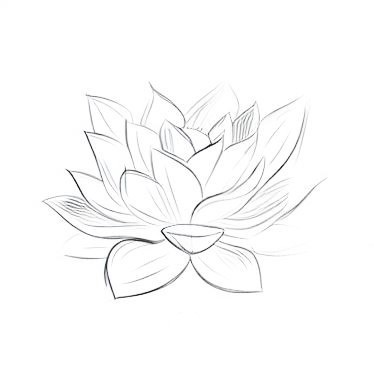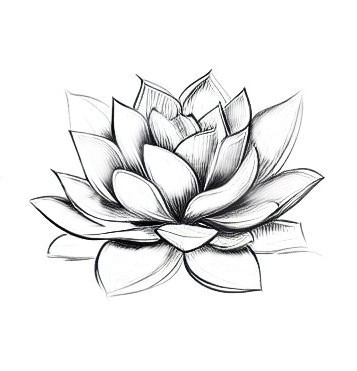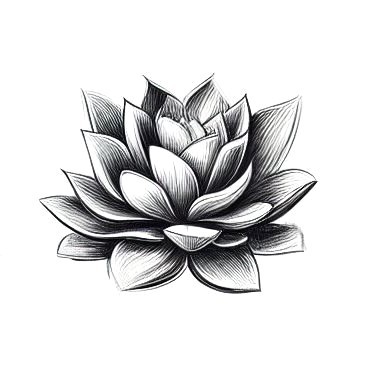Have you ever gazed at a succulent garden, mesmerized by the intricate patterns and delicate hues, wondering how to draw succulents?
The allure of these resilient plants lies in their captivating forms, a symphony of nature’s design. Yet, diving into the world of succulent illustration can feel like stepping into uncharted terrain, with questions swirling like desert winds.
In this guide, we’ll unravel the secrets behind transforming blank canvases into vibrant, lifelike succulent portraits.
So, if you’ve ever felt the itch to bring these botanical wonders to life on paper, saddle up, for we’re about to embark on a creative expedition that will leave you with not just drawings, but miniature masterpieces.
Materials You’ll Need
To start your succulent drawing journey, gather the following materials:
How to Draw Succulents: Step-by-Step Guide
Succulents, with their unique shapes and textures, have long been a muse for artists. Here’s a step-by-step instructions to create detailed and lifelike succulent drawings-
Step 1: Sketching basic outlines and proportions
Begin by sketching the rosette’s circular form, paying attention to the placement of each leaf. Add wavy details to the leaves, mimicking their natural undulations.

Step 2: Sketching the distinct leaf shapes
Moving on to the spiky Agave plant, focus on capturing the distinct leaf shapes that radiate from the center. Emphasize sharp edges and lines, mirroring the plant’s characteristic geometry.

Step 3: Adding Details and Texture
For a trailing Sedum succulent, outline the cascading stems with grace and flow. Add small, round leaves and texture to evoke the succulent’s delicate nature.

Tips for Realistic Succulent Drawing
To achieve a realistic succulent drawing, consider the following tips:
- Observing Succulents in Their Natural Habitat: Take the time to study succulents in their native environments. Notice how they grow, the angles of their leaves, and how they interact with their surroundings.
This firsthand observation will provide you with invaluable insights into their natural form and structure.
- Paying Attention to Lighting and Shadows: Light plays a crucial role in how succulents appear. Observe how sunlight or artificial light sources cast shadows and highlight different parts of the plant.
Understanding the interplay between light and shadow will add depth and dimension to your drawings.
- Practicing Patience and Precision: Succulents are characterized by intricate details and subtle variations in texture. Take your time when sketching, paying close attention to every curve, edge, and contour.
Precision in your lines and shading will elevate the realism of your succulent drawings.
Wrapping Up
Through this guide on how to draw succulents, we’ve delved into the intricacies of succulent anatomy, and honed your sketching techniques. We’ve brought life to the page with Echeveria rosettes, Agave spikes, and trailing Sedums, each stroke a testament to your dedication.
Remember, practice and patience are your greatest allies in this endeavor. As you continue to sketch and explore, let the resilient spirit of succulents inspire your artistic expression.
Embrace the unique beauty of each species and infuse your personal touch into every drawing. With each succulent you render, you not only refine your skills but also celebrate the wonders of nature in art. Happy drawing!



